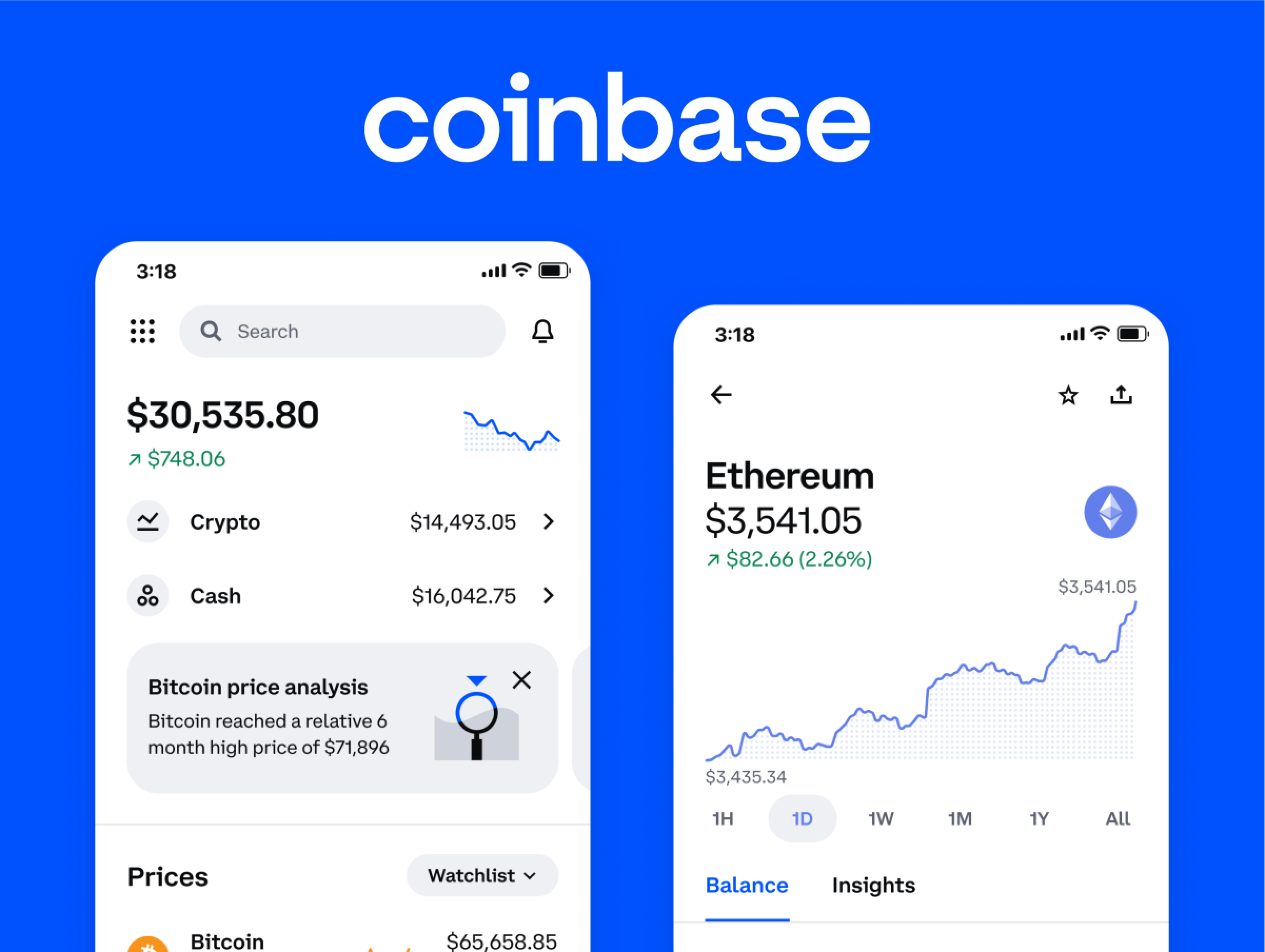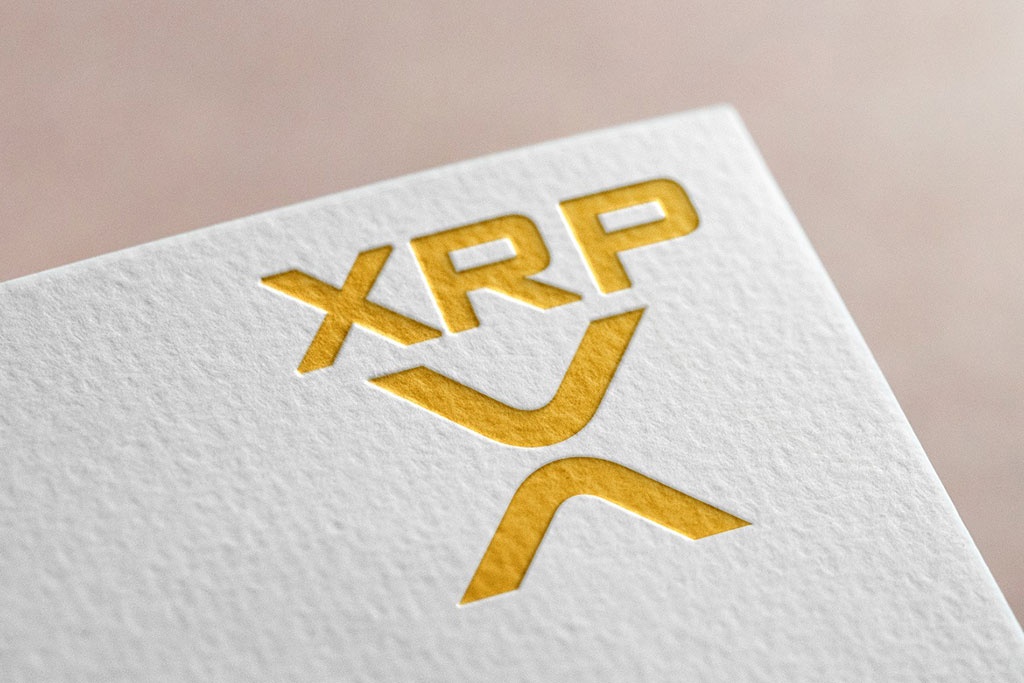Binance to Delist XEM, ORBS, and LOOM Perpetual Contracts

- Crypto & Funx
- 19 Jun, 2024
Binance exchange to take off XEM, ORBS, and LOOM’s perpetual contracts.
The exchange is rebalancing its assets with adjustments for liquidity and performance.
Amid the delisting, Binance has also added some new tokens for trading.
has announced the upcoming delisting of USD-M perpetual contracts for NEM , Orbs , and Loom Network on its platform.
The delisting news has rippled through the crypto community, particularly among traders actively engaging with these derivatives. This move reflects Binance’s strategy of protecting users from market risks while streamlining its product offerings.
Binance Delists Leads to a Dip in Market Confidence
On December 9, Binance will begin delisting the USD-M perpetual contracts tied to XEM, ORBS, and LOOM. Starting at 08:30 (UTC), traders can no longer open new positions in these contracts. By 09:00 (UTC), the platform will automatically close any remaining open positions through a settlement process.
This is more than a routine change for many in the crypto community. The delisting marks reduced support from Binance, one of the largest exchanges. This could impact the tokens’ trading activity and weaken their market reputation.
The immediate fallout has been a drop in XEM, ORBS, and LOOM prices, a predictable yet telling reaction. XEM, for instance, slid by 7%, now trading at $0.026 with recent lows at $0.02527.
Orbs (ORBS) saw a 6% decline, with its value dipping to $0.03301, while Loom Network (LOOM) recorded a 4% drop, stabilizing at $0.07367. These sharp corrections reveal the sensitivity of crypto markets to delisting news. Here, the perception of reduced liquidity and accessibility often triggers sell-offs.
This is not Binance’s first move of this kind. On Monday, the exchange delisted five multiple tokens linked to Tether’s USDT as part of a routine asset evaluation. The affected tokens were Gifto (GFT), IRISnet (IRIS), SelfKey (KEY), OAX, and REN [NC].
This came after Binance earlier, leading to an intense sell-off for the affected tokens. Last month, the platform delisted tokens linked to , triggering similar market reactions.
While these actions often invite criticism, they are part of a broader effort to align offerings with user demand and market conditions. For traders, such decisions remain a wake-up call to evaluate their portfolios and consider the risks of holding less liquid assets.
Key Goals Behind Token Delisting
Binance’s decision to delist these contracts goes beyond performance metrics like trading volume and liquidity. It reflects the exchange’s focus on reducing risks in volatile markets. This is especially true for tokens like XEM, ORBS, and LOOM, where liquidity may not justify the potential volatility.
The exchange has also signaled readiness for market turbulence during this transition. Binance has implemented safeguards like adjusted leverage limits, revised funding rates, and recalibrated position.
This ensures that traders can navigate the delisting process with minimal disruption. These steps highlight the trading platform’s commitment to innovation and protecting its community’s financial stability.
In all, the Binance delisting is often complemented by listing promising tokens. Over the past month, the exchange has , including Sudeng (HIPPO) and X Empire Perpetual Contracts.
Leave a Reply
Your email address will not be published. Required fields are marked *






